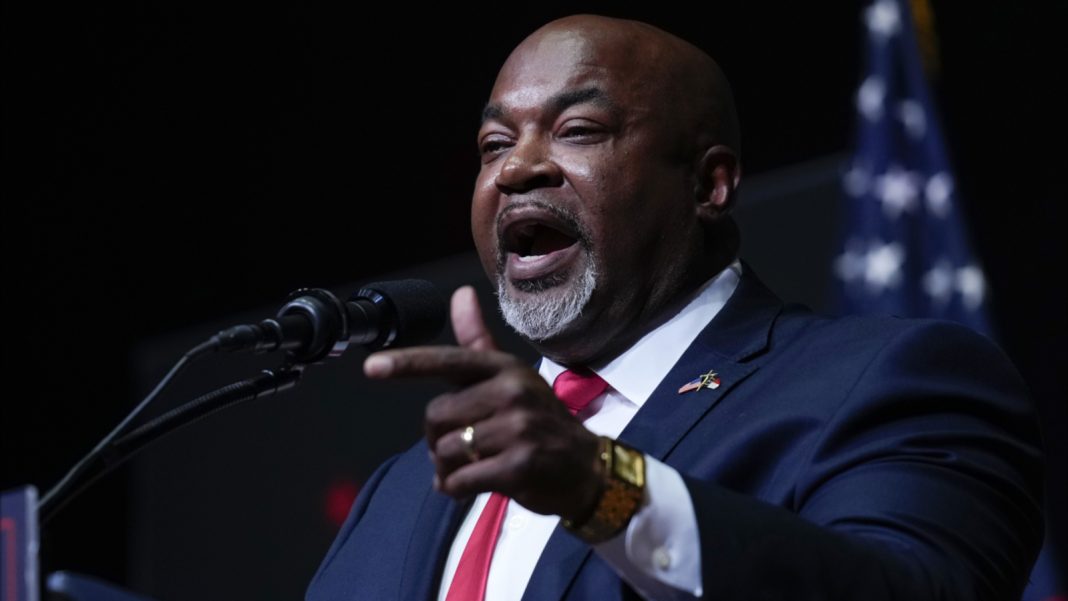As the cost of living continues to rise, Americans are grappling with another significant financial burden: soaring car insurance premiums. Insurance analyst Shannon Martin emphasizes that we are witnessing some of the highest rates in history. This trend is particularly troubling as it comes on the heels of rising costs for essentials like food and housing.
The data paints a stark picture. According to the U.S. Bureau of Labor Statistics, average car insurance rates have surged more than 50% from August 2020 to August 2023. In stark contrast, the overall inflation rate during the same period has only escalated by about 21%. A report from Insurify predicts that this upward trajectory will not abate anytime soon, forecasting an additional 22% increase in premiums for 2024. This anticipated rise is largely a response to the staggering underwriting losses that car insurers faced in recent years—specifically, a record $33.1 billion in 2022 alone.
These losses prompted insurers to raise premiums by an average of 24% in 2023. The reasons behind this alarming spike in premiums are multifaceted. They range from the general inflation affecting all sectors to significant increases in the costs associated with vehicle repairs and new car prices. Moreover, supply chain disruptions have led to repair delays, exacerbating the situation. Notably, the frequency of car accidents has also surged, further straining insurance companies’ financial resources. While underwriting losses have decreased to $17 billion in 2023, the overall landscape remains precarious.
It’s essential to recognize that many of the factors driving insurance rates skyward are beyond the control of individual drivers. However, there are aspects of driving behavior that can be managed. Martin urges drivers to be proactive in mitigating their risk. “For the most part, you can control your driving record by being attentive on the road. Don’t look at your phone, reduce speeding, and don’t partake in drinking and driving,” she advises.
The statistics regarding how driving habits influence insurance premiums are particularly telling. For instance, drivers with one at-fault accident experience an average premium increase of 44%. Speeding tickets lead to a 22% hike, while a DUI can result in a staggering 92% increase. This data underscores the importance of responsible driving, especially in light of a marked increase in dangerous driving behaviors post-pandemic.
The National Safety Council reports a 19% rise in speeding-related deaths in 2020, followed by another 9% increase in 2021, culminating in the highest fatality rates since 2007. While fatalities from speeding saw a slight decrease in 2022, the overall trend reflects a disturbing pattern. As Americans returned to the roads after the initial pandemic lockdowns, behaviors like speeding and distracted driving surged, contributing to more accidents and, by extension, higher insurance premiums.
Moreover, the impact of drunk driving cannot be overlooked. The National Highway Traffic Safety Administration indicates that about 32% of crash fatalities involve alcohol, with over 13,000 lives lost in 2022 alone. These sobering statistics highlight the critical need for ongoing public awareness campaigns and stricter enforcement measures to combat impaired driving.
Interestingly, insurance rates can also be influenced by external factors that drivers might not be aware of. A report by Progressive indicates that claims in a driver’s neighborhood—stemming from collisions, thefts, or severe weather events—can lead to increased premiums, even for those with clean driving records. Furthermore, a driver’s credit rating plays a significant role in determining their insurance costs. Individuals with poor credit can pay an average of $4,349 annually for full coverage, compared to just $2,348 for those with good credit. In fact, a driver with a DUI arrest may end up paying even more, averaging $4,557 per year.
Another critical factor in the insurance equation is the presence of teen drivers on a family policy. Insurance companies often view teenagers as higher-risk due to their relative inexperience and propensity for risk-taking. One study suggests that adding a teenager to a family’s car insurance can elevate the premium by an astonishing 135%, averaging around $3,594 annually. Martin advises parents to engage in dialogues about safe driving practices before their children even obtain a license. “Be a good example and have a plan in place,” she suggests, emphasizing the importance of financial awareness.
Parents may be tempted to purchase new vehicles equipped with the latest safety features for their teen drivers, but Martin warns that such choices can significantly inflate insurance costs. Instead, opting for a safe, used vehicle without collision coverage may prove to be a more prudent financial decision.
In conclusion, as car insurance premiums continue to climb, understanding the myriad factors that contribute to these costs is crucial for drivers seeking to manage their expenses. By adopting safer driving habits, being mindful of their credit ratings, and making informed choices regarding vehicle purchases, individuals can take steps to mitigate the impact of these rising costs. Ultimately, fostering a culture of responsible driving and financial literacy will not only benefit individual drivers but also contribute to safer roads for everyone.

